Rhinoplasty Australia
There are a number of reasons you may be seeking out a rhinoplasty in Australia, including for cosmetic reasons. A rhinoplasty can help bring symmetry and balance to your face, evening out your nose to suit your other features, and also help clear your nasal passageways that can help you breathe with ease.
With CosMediTour, you receive the transparent, easy support you need to aim towards your desired results. Book your free, no-obligation rhinoplasty assessment today to find out more.
Rhinoplasty in Australia
FROM $14,990 *
Our rhinoplasty packages include every last aspect of your surgery to make it as easy as possible for you. Your personal client manager can also help you organise travel arrangements, if you’re not from the Sydney area. Plus, ask us about payment options, including personal loans, lay-by and more!
Our abdominoplasty packages all include:
- Plastic surgeon fees.
- General anaesthetist fees.
- Private hospital fees.
- A personal client manager.
Our Sydney Rhinoplasty Packages
- Sydney rhinoplasty View package
*The prices on this page reflect a standard case. Clients with a greater degree of surgical complexity will incur higher fees. The easiest way to receive your personalised Quote, is to complete a free Online Assessment.
Why Choose CosMediTour for Your Sydney Rhinoplasty
At CosMediTour Australia, we prioritise giving you the easiest, most transparent rhinoplasty process as possible. This includes ensuring you have the support and guidance you need to feel confident in your decision.
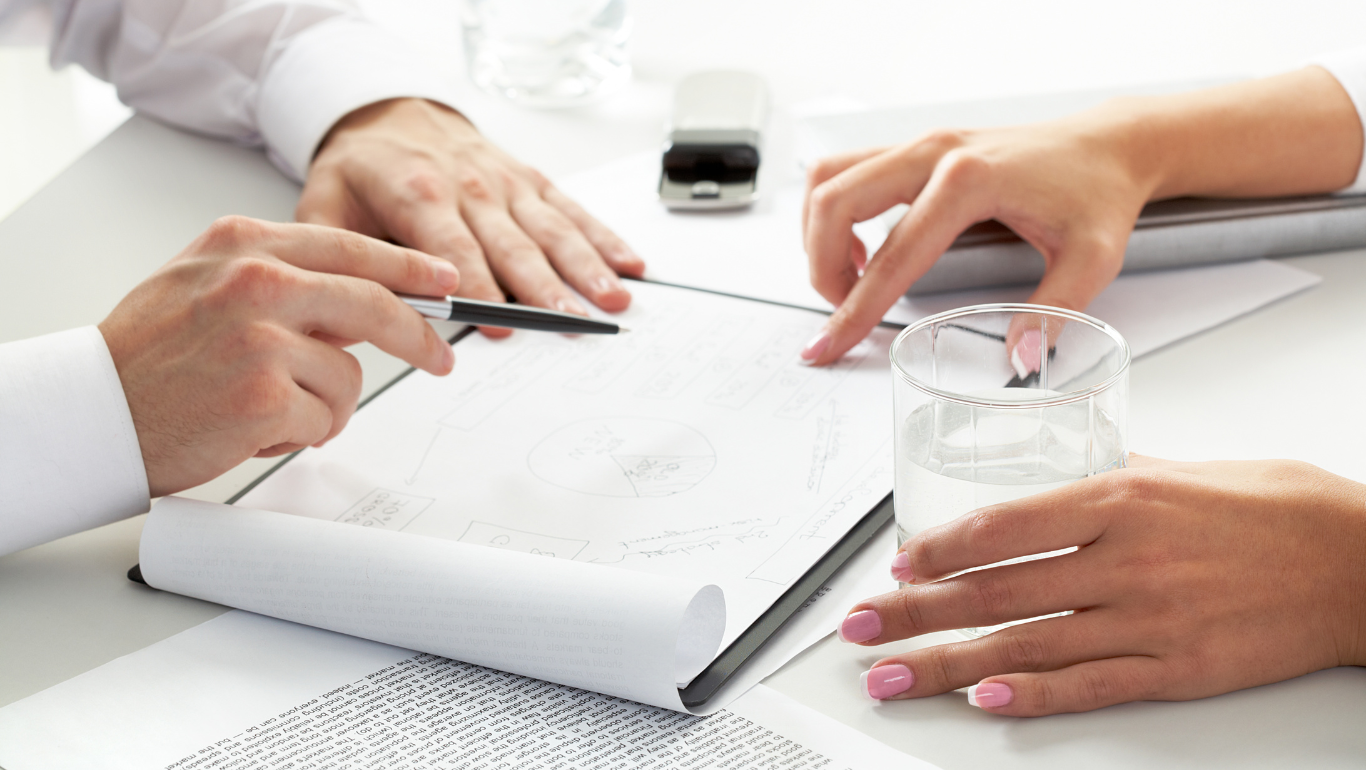
Free Surgical Assessments
Your first step in your rhinoplasty journey is simply getting in touch with our team. We’ll organise a free, no-obligation phone or video assessment, so you can ask questions and see if you’re a suitable rhinoplasty candidate.

Transparent Pricing
There’s no hidden fees here! Your rhinoplasty package is all-inclusive, with full transparency over your hospital, surgeon, anaesthesiology, client support and other fees. Plus, we offer payment options to pay for your procedure.
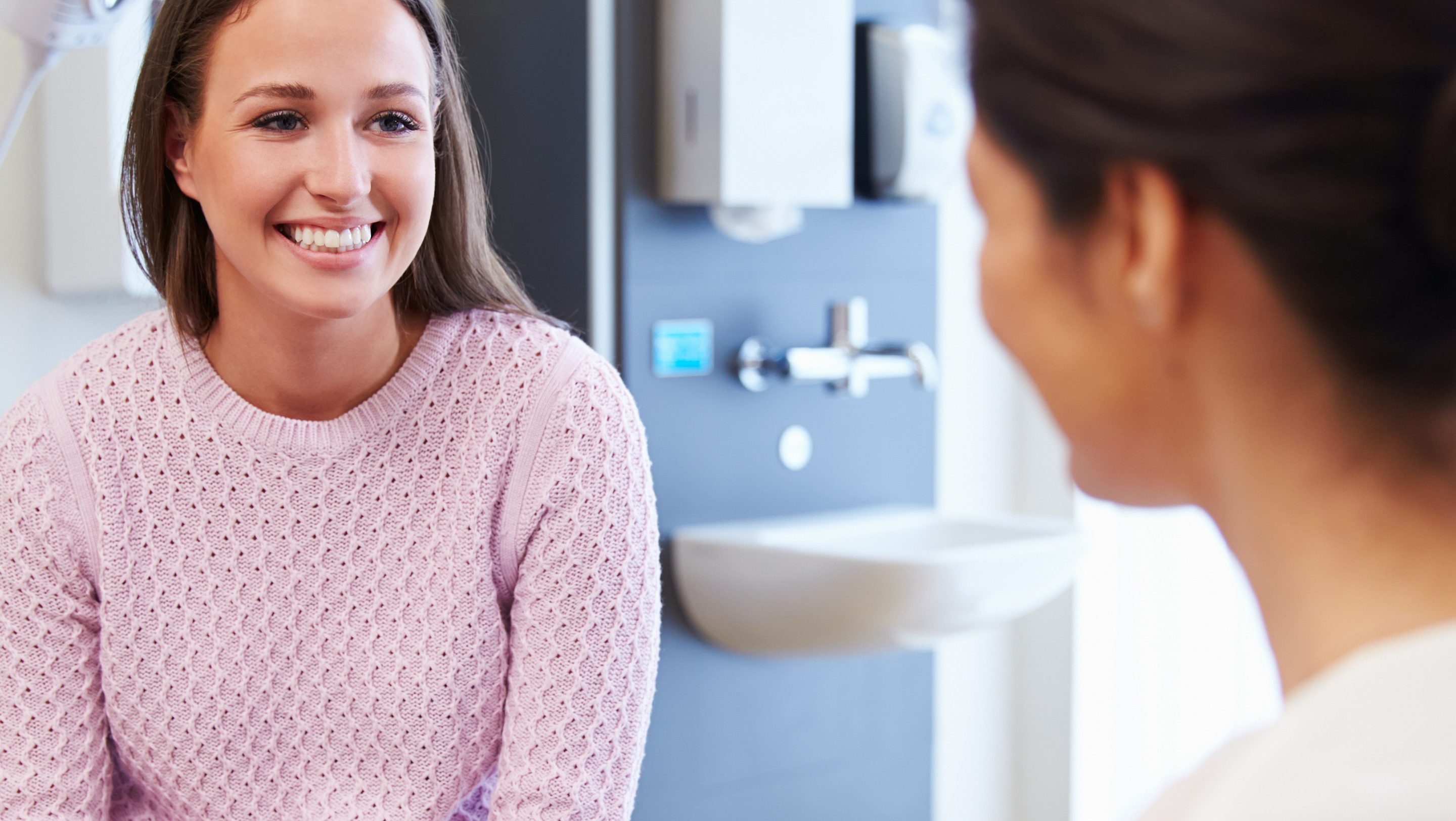
Personalised Support
With your personal client manager a call or email away, you’ll have the support you need every step of the way.
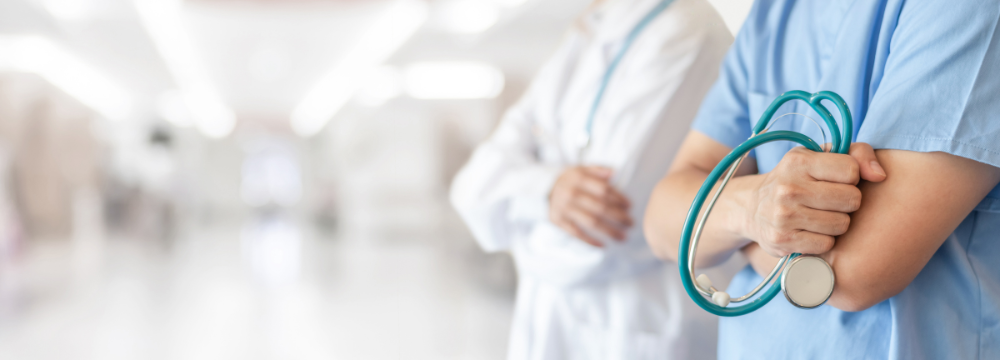
Multiple Surgery Locations
We’ve chosen to work with a number of private hospitals in Sydney to give you more options. Each one has been hand-selected, known for their state-of-the-art facilities and excellent customer care.
Meet Our Australian Rhinoplasty Surgeons
Rhinoplasties are one of the most common procedures our plastic surgeons in Sydney perform. We work with a number of surgeons in Australia, allowing us to cater to a wider range of people and needs. It’s one of the many reasons why people travel from all over Australia to work with our Sydney rhinoplasty plastic surgeons.
About Rhinoplasty Surgery
Rhinoplasties are the second most common plastic surgery in Australia. Also known as a nose job in Australia, rhinoplasties aim to reshape and redefine the nose for both cosmetic reasons or to correct structural problems. This may be to improve nasal function, enhance the proportion of the nose or nostrils, change the size or shape of the nose or correct structural abnormalities. It’s also common after injury, such as a broken nose where the nose has been misshapen.
There are multiple methods and techniques for rhinoplasties, including internal and external rhinoplasties, which work with different people and needs. Book a free consultation with our team at CosMediTour Australia today to learn more about which option may be suitable for you.
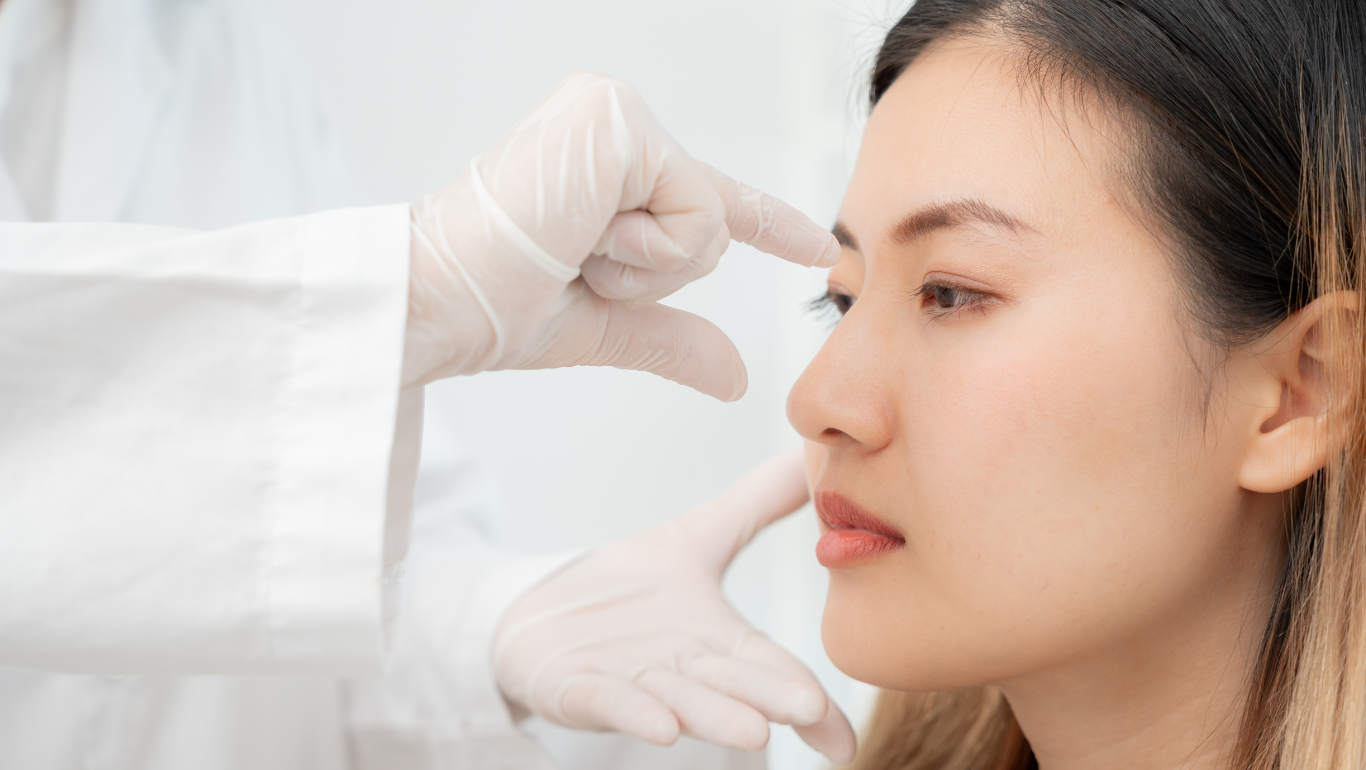
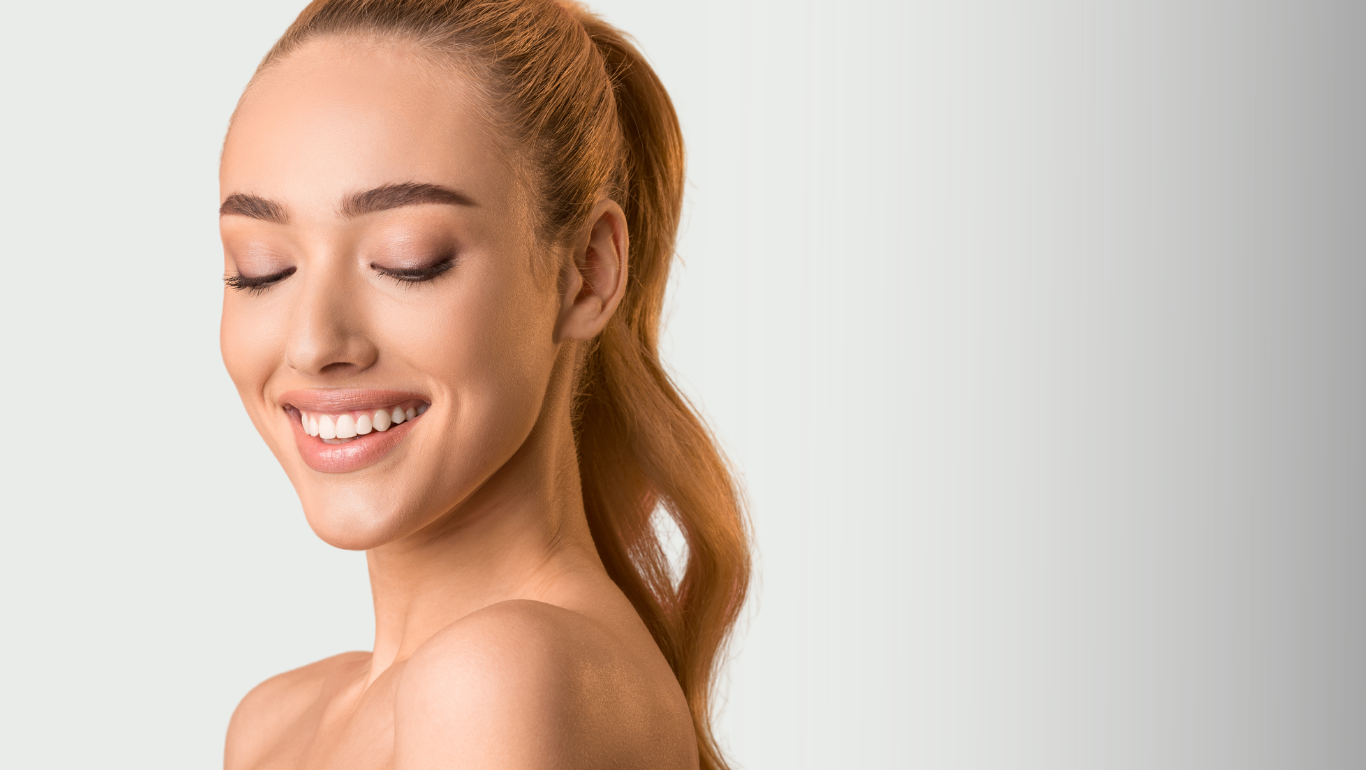
How a Rhinoplasty may be able to help you
Rhinoplasty surgery can help to:
- Redefine the appearance of a wide, narrow or long nose.
- Improve the proportion of the nose.
- Correct structural abnormalities.
- Remove a nasal bridge, lumps, humps or dents.
- Straighten a crooked nose.
- Correct a drooping nose tip.
- Create a more symmetrical nose.
- Improve the nasal function for people experiencing breathing or sinus-related issues.
It’s important to remember surgeons can only work with your existing bone and cartilage structure, which can limit the potential outcomes the surgeon can achieve. However, your plastic surgeon will work closely with you to give you transparency about what to expect. Our surgeons can also perform a septoplasty simultaneously with a rhinoplasty to remove bent portions of the septum to address breathing difficulties.
Rhinoplasty Recovery
Every person’s recovery following rhinoplasty is different. Your surgeon will give you guidance and instructions on how to achieve optimal results following your surgery, and how to care for yourself post-surgery. Generally, our clients need to take up to 2 weeks off work, with some pain and discomfort, which can be managed with pain-relief medication, if required. In most cases, you can resume gentle exercise after 4 to 6 weeks, and full recovery will take up to 6 to 12 months, in which time swelling of the tip and bridge of the nose should subside.
Risks of Rhinoplasty Surgery in Australia
All surgeries come with risks, regardless of the type, surgeon, hospital, recovery and anything else within your control. It’s important to consider these risks of rhinoplasty surgery before booking your surgery. Visit our recovery risks page for a full list of potential risks.
Rhinoplasty Before & After Gallery
Browse some of the results we have achieved for our clients, who have consented to having their photos published for educational purposes. Everyone’s results are unique to them. However, learning what you like and don’t like will help you be able to guide your surgeon towards your desired outcome.
Please note: Results may vary between individuals. The images shared in the gallery do not guarantee your outcome will be the same. Images may contain nudity and are not intended for people under the age of 18.
What To Expect.
Our Rhinoplasty Process
Step 1: Enquiry & Assessment
The first step in your rhinoplasty journey is to get in touch with our friendly team at CosMediTour. We’ll set up a phone or video assessment with our client support specialist so you can find out if you’re a suitable candidate for a rhinoplasty, in which case you’ll receive a personalised surgical recommendation.

Step 2: Surgeon Consultation
With your assessment done, you’ll next meet your surgeon and start to plan your surgery. They’ll take a look at your current nose shape and condition, discuss your concerns and goals, and make recommendations personally based on you.
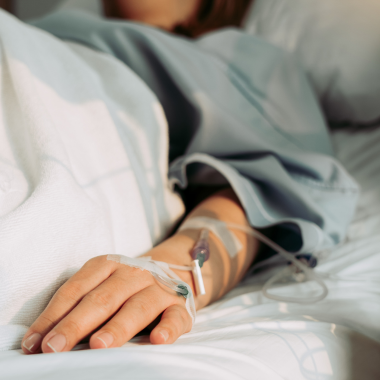
Step 3: Surgery Day
Your rhinoplasty will be performed in one of the state-of-the-art private hospitals we partner with in Sydney. You’ll be placed under anaesthetic for the duration of your procedure, and if you’re in good health once awake, you’ll return home the same day with your personal recovery plan from your surgeon.

Step 4: Recovery
Your plastic surgeon will give you personalised advice and recovery instructions based on your specific rhinoplasty and circumstances. You’ll need to take at least 1 to 2 weeks off work, depending on the type of work you do. Most of our clients are able to start reintroducing gentle exercise after 4 to 6 weeks, but again, it depends on your personal recovery plan.
Frequently Asked Questions About Rhinoplasties
You should feel comfortable and confident you have all the information you need before proceeding with your rhinoplasty surgery. These are some of our most frequently asked questions we receive, which may help you feel more informed. Keep in mind, this is general information only, and results may differ based on your personal circumstances.
How long does a rhinoplasty last?
Rhinoplasty is a permanent procedure, so the results can last a lifetime. However, you may notice slight changes in the appearance of your nose as you age, if you gain or lose weight, or, in some cases, during pregnancy.
How painful is rhinoplasty?
As everyone has a different pain tolerance, how painful a rhinoplasty is varies from person to person. Some people experience mild pain or discomfort, while others may describe it as moderate to more severe pain and discomfort. Your plastic surgeon will provide you with personal advice based on your situation, and provide pain relief medication, if needed.
What is the best age for rhinoplasty?
The best age for rhinoplasty surgery is generally after the age of 16 and before the age of 60. This is because nasal growth is complete in girls from age 15, and 16 in males, and health risks increase around healing in people over the age of 60. However, it is best to consult a plastic surgeon on your personal circumstances as there is not a one-size-fits-all answer.
Do rhinoplasties leave a scar?
While scarring from a rhinoplasty is possible, they are typically very minimal, if they are visible at all. Minimal scarring on the columella (section of skin between the nostrils) may occur in open rhinoplasty, as incisions are made on the outside, while closed rhinoplasty incisions are made on the inside of the nose, hiding scars.
Do I need to wear a split and have packing after rhinoplasty?
In most cases, you will need to wear a nose cast (nose splint) and packing for the first 5 to 7 days after rhinoplasty surgery. This is to keep the nose straight during the initial stages of healing, and to assist with swelling. Splints and packing will be removed at your post-surgery follow-up consultation.
What are the types of rhinoplasties?
Open (external) rhinoplasty and closed (internal/endonasal) rhinoplasties are the two types of rhinoplasties. External, or open, rhinoplasties are typically used on people who have had previous nasal surgeries. The surgeon makes 3 incisions to gain direct access to the internal structure of the nose. Internal/endonasal (closed) rhinoplasties are more suited where less significant changes are required, involving just 2 incisions.
What’s the difference between excisional rhinoplasty, structural rhinoplasty and preservation rhinoplasty?
Excisional, structural and preservation are three types of rhinoplasty techniques. With an excisional rhinoplasty, the surgeon removes bone and cartilage bit by bit, relying on scar tissue to pull the nose into shape, often using the closed approach. Using a structural rhinoplasty involved reinforcing the nose structure by repurposing the person’s excess tissue to reshape the nose. It can use either an open or closed approach. A preservation rhinoplasty aims to retain as much of the original bone and cartilage as possible. Rather using the ‘top down’ approach like the structural technique, the surgeon goes under the nasal bridge to remove excess tissue without changing the natural spread of the nose.

